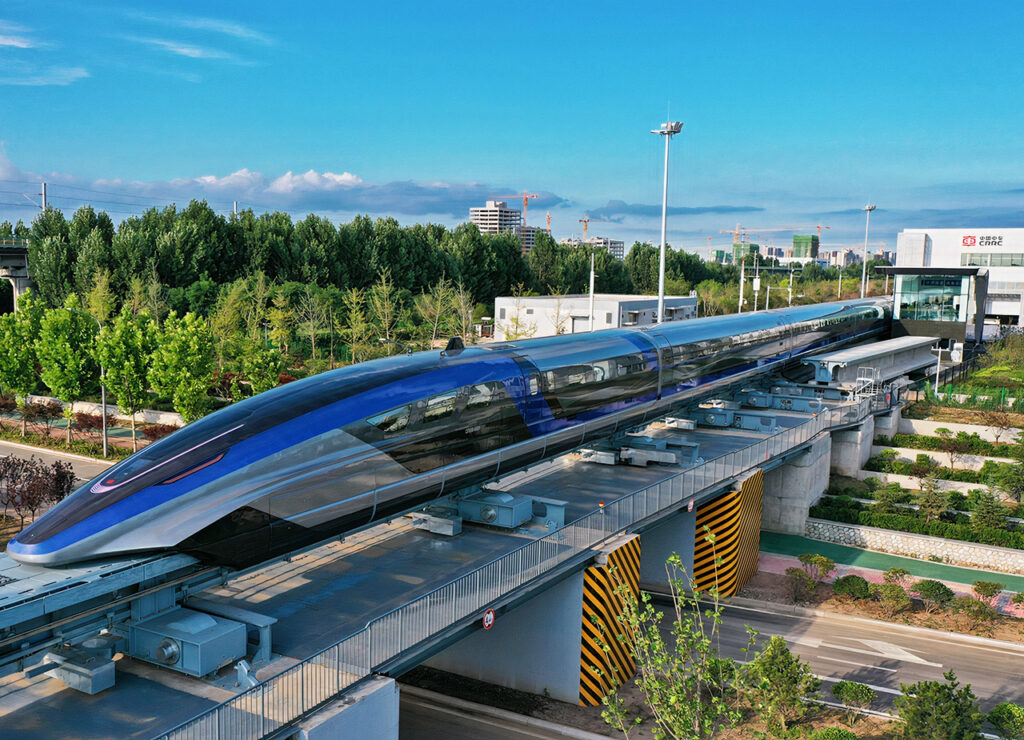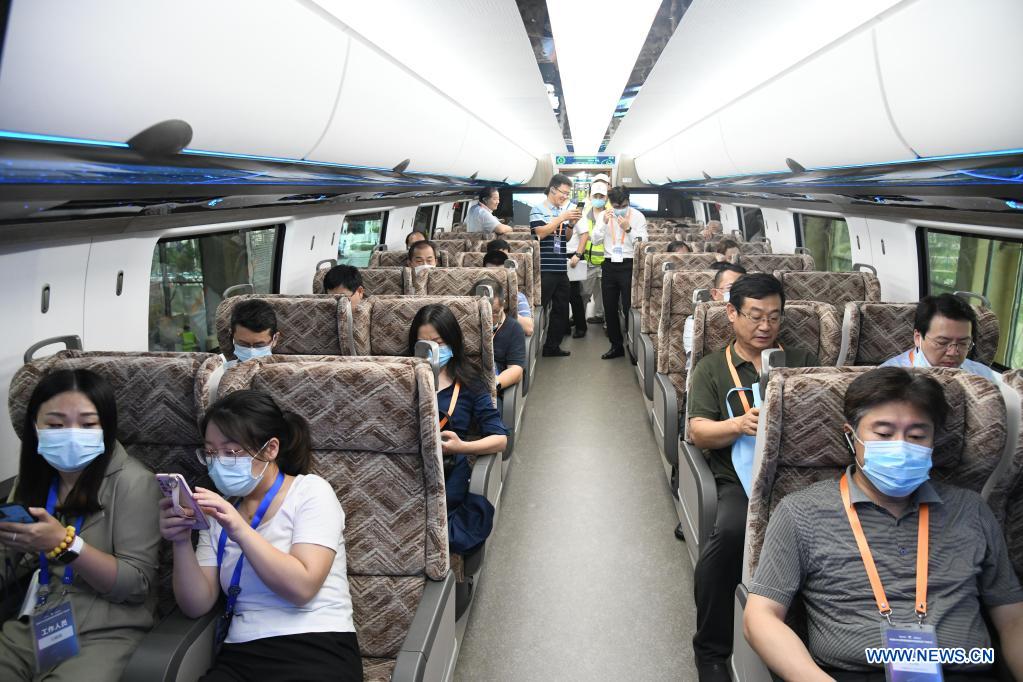World’s First High-Speed Maglev Train Debuts in China
Trains have been around for 200 years of modern history. Starting from steam trains in the early 1800s to the bullet trains of today, trains help transport people and goods for long distances. With trains, great distances are reached, opening distant lands to industries, raw and finished goods, commerce, and migration.
Trains can be a convenient means to travel because you see plenty of scenic spots along the way. But in the urban landscape, trains are one of the fastest means of commuting because they have their specific tracks and are not bogged down by vehicular and pedestrian traffic.
There are different types of trains. There are small city trams, electric trains, subway, distance trains (with sleeping quarters and dining cars), and freight trains. Highly urbanized areas have high-speed bullet trains, with per hour speed of up to 300 to 500 kilometers.
Bullet trains
Several countries in Europe, the Middle East, and Asia have built high-speed rail infrastructure for bullet trains. Among these countries, France, Germany, and Spain in Europe, and Japan and China in Asia are the global standouts. Japan invented the bullet train, and its Shinkansen is quite famous and an attraction to foreign visitors.
China has several bullet trains, and the country continues to innovate, build more rail infrastructure and develop faster trains.
A first from China
Trains are vital in China, as the county’s sheer size means that most people have to travel long distances almost daily.
China Railway Rolling Stock Corporation (CRRC) launched the first high-speed maglev train worldwide a week ago. The transportation system in Qingdao can reach a speed of 373 mph or 600 km/hour. Qingdao is in Shandong Province in East China. This train system would fill the gap between airplanes and bullet trains. Once the system is complete, the CRRC says it can transport commuters from Shenzhen to Shanghai. The travel time is impressive, taking only two hours and a half with the maglev train. The typical travel time is ten hours.
The new maglev train
Maglev is a term that comes from magnetic levitation. The system uses two sets of magnets that work together to move the train on its track to aid its propulsion and levitation. The magnets create an electromagnetic force that pushes the train above the tracks. The magnets also control the speed and stability of the train and make the train appear as if floating over the tracks, similar to the concept of Virgin Hyperloop’s floating magnetic pods.
The state-owned company developed the train. At the moment, this is the fastest train in the world. According to the deputy general manager of CRRC, chief engineer Liang Jianying, aside from the train’s speed, it emits low noise levels and requires less maintenance.
Once the maglev’s routes are set up, the transport system will have a 5G Wi-Fi system. Moreover, wireless charging will be available to passengers.
Deployment
China launched the fastest train in the world. However, it did not announce the actual deployment of the high-speed maglev. But the CRRC is expecting to put the train into commercial use in five or ten years. Right now, there is a lack of completed networks of maglev tracks. The only running maglev train in China connects Longyang Road Stations and the Pudong Airport in Shanghai. It takes the train seven and a half minutes to travel the 19-mile or 30-km distance. The train hits top speeds of 267 mph or 430 kph.
According to reports, several maglev networks are under construction, such as the one connecting Chongqing and Chengdu, and Hangzhou and Shanghai.
Although the commercial use of China’s new maglev train is still several years away, it is expected to be a big boost to the country’s transport system and help commuters shorten their travel time.

